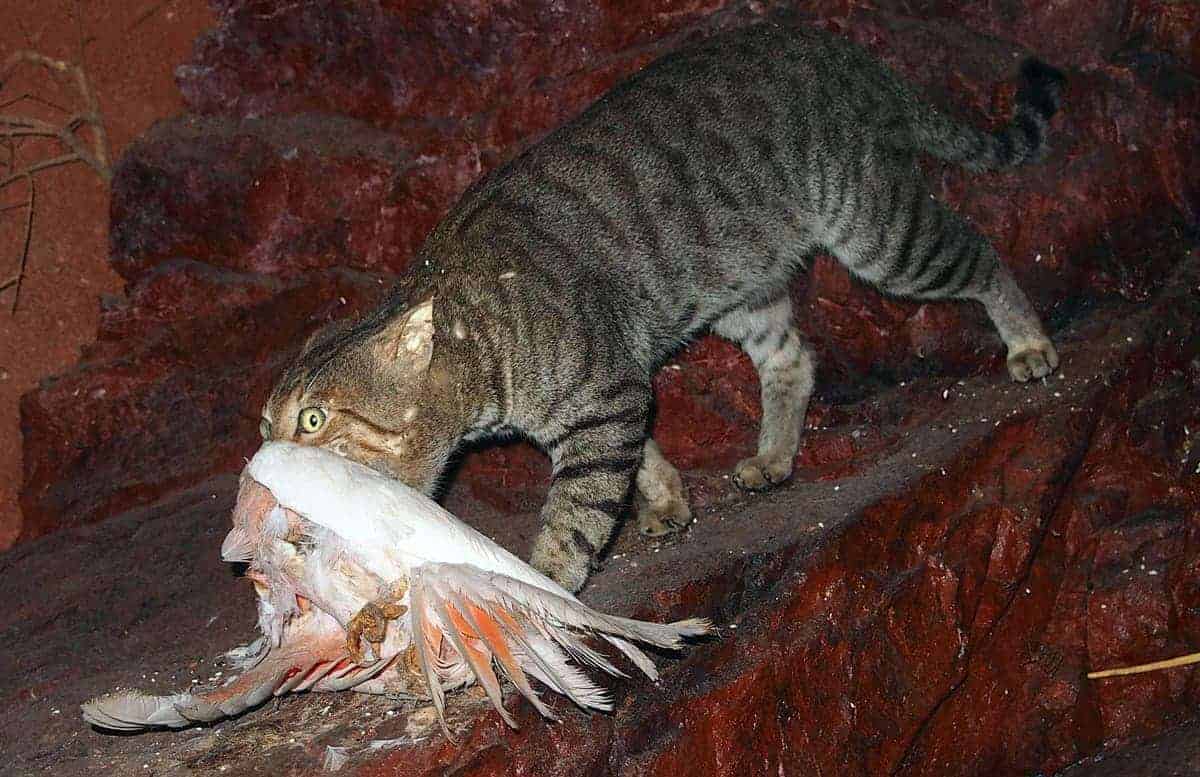The Invasive Species Council has welcomed the Northern Territory government’s plan to expand Litchfield National Park but says additional, ongoing funding is critical to tackle the escalating gamba crisis.
‘Gamba grass fuels destructive fires, degrades native bushland and threatens wildlife and tourist safety – it will turn the expanded national park into a tinder box,’ Invasive Species Council Advocacy Manager Reece Pianta said.
‘Government progress on parts of the Tabletop Range is encouraging, but funding falls far short of what’s needed to tackle the scale of the gamba threat in the rest of the expanded Litchfield National Park.
‘Gamba grass is already widespread across Litchfield and the newly acquired Silkwood block. Yet funding for gamba control remains at just $250,000 a year – an amount that hasn’t increased in years and equates to less than $1.74 per hectare for the national park.
‘This is a static investment while the gamba problem keeps growing and spreading year after year.
‘Protecting status for new areas like Silkwood must be matched with management funding to defend it from invasive threats. Gamba is already creeping into untouched parts of the park – including the Central Valley highlands – and without immediate action this summer, hard-on gains will be lost.
‘If we delay, the cost will be more fire, more smoke and more damage to nature and tourism.
‘We’re calling on the NT and federal governments to boost funding across the whole park, follow expert advice to invest at least $6.6 million over 5 years and get resources on the ground before the fire season hits.
‘National parks should be safe havens for our unique wildlife, not fuel loads waiting to burn.’
Gamba Grassroots Action Group spokesperson and volunteer firefighter Pauline Cass said:
‘Gamba acts like a bulldozer – it just shreds rainforest.
‘As a volunteer firefighter for more than 20 years, I’ve gone from fighting native grassfires to battling walls of flame driven by gamba. The heat is so extreme they had to redesign our firefighting equipment just to cope.
‘Gamba grows so tall and burns so hot that it destroys the canopy that once gave wildlife a chance to survive. There’s gamba hanging over my fence from government land – if they expect us to control it, they should be setting the gold standard in national parks.
‘I was in Litchfield last week when a fire broke out between Buley Rockhole and Florence Falls – it was burning right along the tourist walk. The natural grasses burned with a low flame and a soft crackle, but when it hit the gamba clumps, everything changed. You could hear the roar, see the flames leap metres into the air, and thick black smoke poured out.
‘Some might see a few isolated clumps of gamba and not think much of it, but in the dry season even small stands can feed fires – and if they’re not removed, they seed and spread fast.’
Media inquiries: (02) 8006 5004
Photo credit: Gamba-Grass-Roots.







